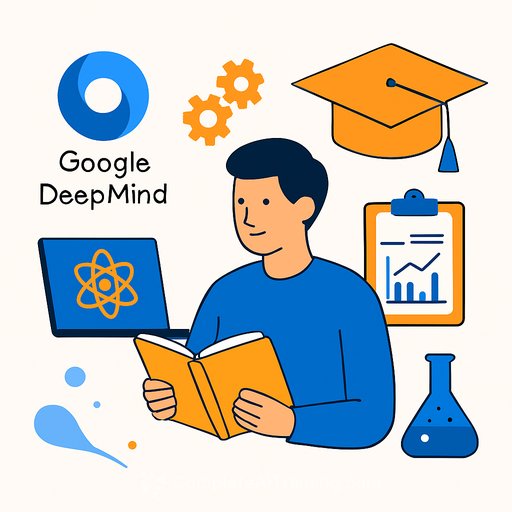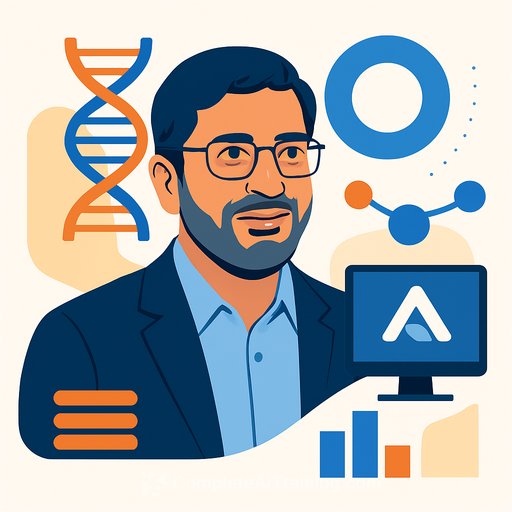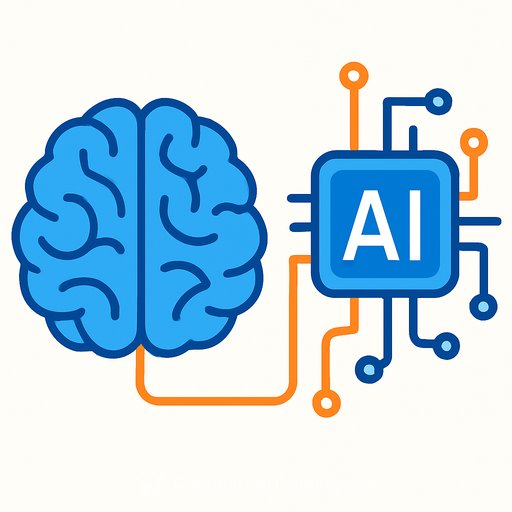AI has no time to replace you. It's busy winning the Nobel Prize
For years we argued about AI taking jobs. Meanwhile, it walked into science's highest arena and took a seat. The recent Nobel Prizes didn't just use AI as a tool-they treated it as science.
That shift matters for anyone in research. It changes how we frame problems, how we validate results, and how fast ideas turn into real work.
2024: The year AI became the subject, not just the instrument
The Physics Prize went to John Hopfield and Geoffrey Hinton for laying the theoretical ground for modern AI. Hopfield modeled cooperative neurons with physical tools and an energy-minimization view of associative memory-turning fuzzy inputs into stable patterns. That gave AI a solvable mathematical backbone.
Hinton extended this with the Boltzmann machine, using statistical physics to let models learn features, classify, and generate. This line of thinking seeded deep learning and paved the way for later architectures.
The Chemistry Prize recognized practical impact. Demis Hassabis and John Jumper's AlphaFold2 cracked protein structure prediction from sequence with lab-validated accuracy, while David Baker's Rosetta work drove protein design. What took months or years in wet labs can now be scoped in minutes. Within four years of release, AlphaFold2 proved itself across thousands of labs and moved into everyday pipelines in drug discovery and materials.
Traditionally, AI researchers earn the Turing Award. This time, Physics and Chemistry stood up and said: this is science.
2025: Indirect links, same signal
The Nobel Memorial Prize in Economic Sciences honored Joel Mokyr, Philippe Aghion, and Peter Howitt for innovation-driven growth and creative destruction. Their work offers the theory many teams will lean on to use AI for productivity without giving up competition, jobs, or ethics. Post-award, Aghion even flagged plans to fund research on AI's impact on innovation and employment.
The Physics Prize went to Michel Devoret, John Martinis, and John Clarke for showing superconducting circuits can display quantum effects at macroscopic scales-tunneling, energy quantization-laying groundwork for controllable qubits. That foundation supports quantum computing, a path to stronger AI training and high-complexity optimization. Different field, same destination: accelerate discovery.
What this means for scientists and research leaders
- Treat AI as a collaborator: use it for hypothesis generation, experiment planning, code, and data hygiene.
- Build an AI-for-science stack: general LLMs + domain models (proteins, materials, climate) + automation in the loop.
- Get your data ready: curation, metadata, versioning, ontologies, and licensing. Bad data kills good models.
- Plan compute: GPU clusters and queues now; keep an eye on quantum workflows for future workloads.
- Prioritize verification: blind benchmarks, preregistered analyses, replication partners, and uncertainty reporting.
- Upskill: probabilistic thinking, causal inference, ML ops, and cross-training between wet lab and ML.
- Governance: model cards, audit trails, IP strategy, and documented decision paths.
How Nobel thinking is changing
- Cross-boundary recognition: AI specialists are being honored in Physics and Chemistry.
- Shorter validation cycles: real impact gets recognized faster once labs confirm results.
- Impact over labels: theory earns a prize when it unlocks methods; applications earn it when they hold up in practice.
Where to apply AI-for-Science today
- Materials discovery: active learning to propose candidates; fast screening with surrogates; selective DFT follow-ups.
- Drug R&D: structure prediction + docking + generative design, then triage with ADMET predictors.
- Climate and fluids: ML surrogates to speed up PDE solvers and ensemble runs.
- Autonomous labs: closed-loop optimization with robotics, Bayesian/BOED strategies, and standardized protocols.
Want a structured path to skill up your team? See courses by job and discipline at Complete AI Training.
Further reading
AI isn't here to replace your work. It's here to raise the ceiling on what you can test, prove, and ship. Use it, verify it, and let the results speak.
Your membership also unlocks:






